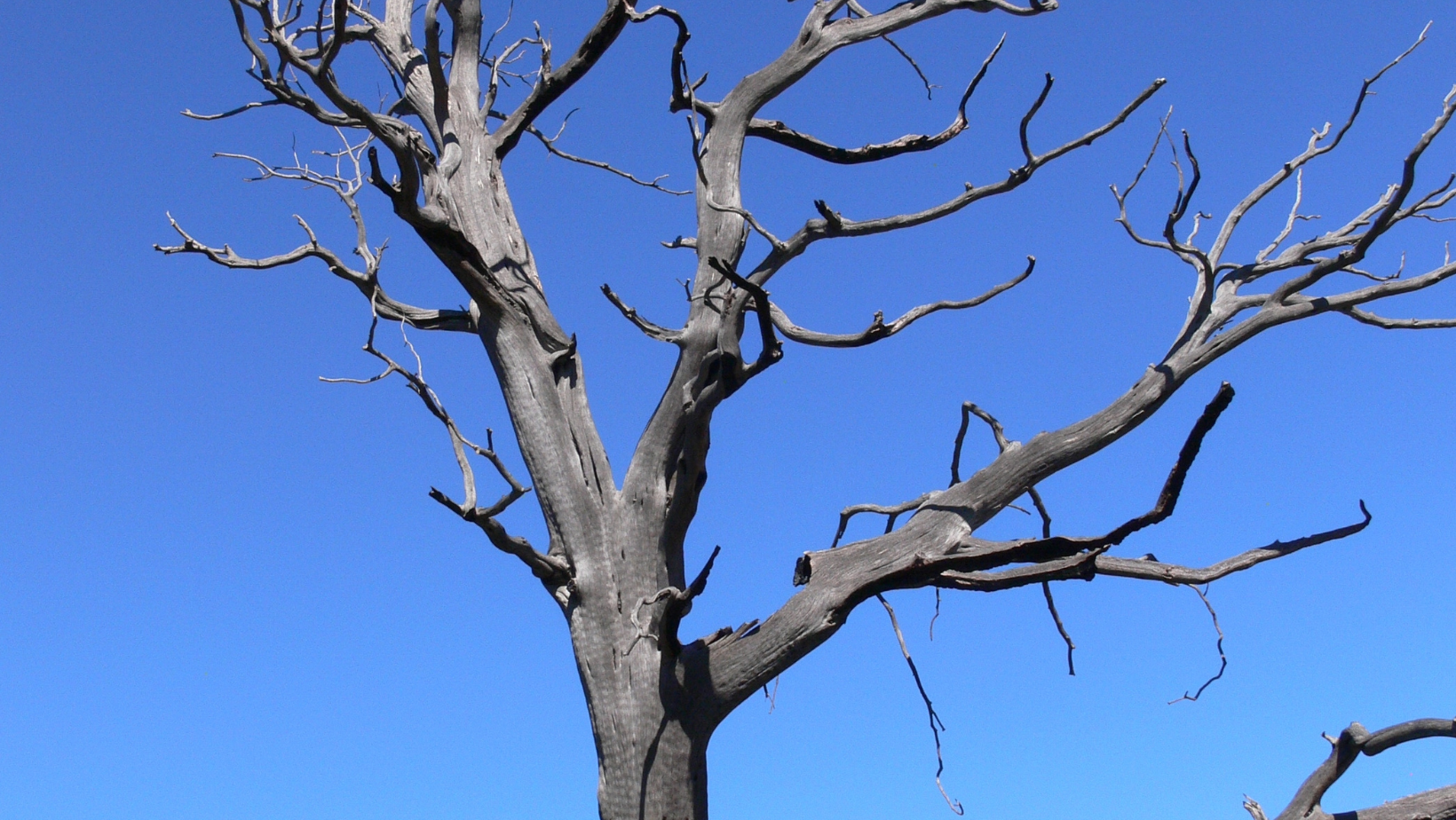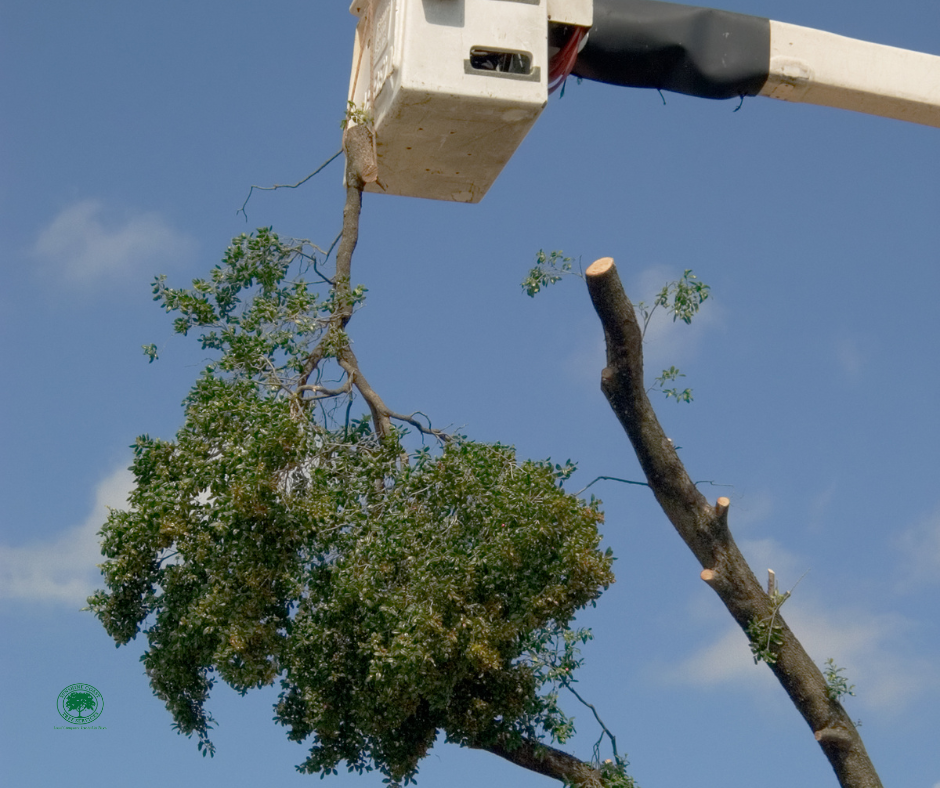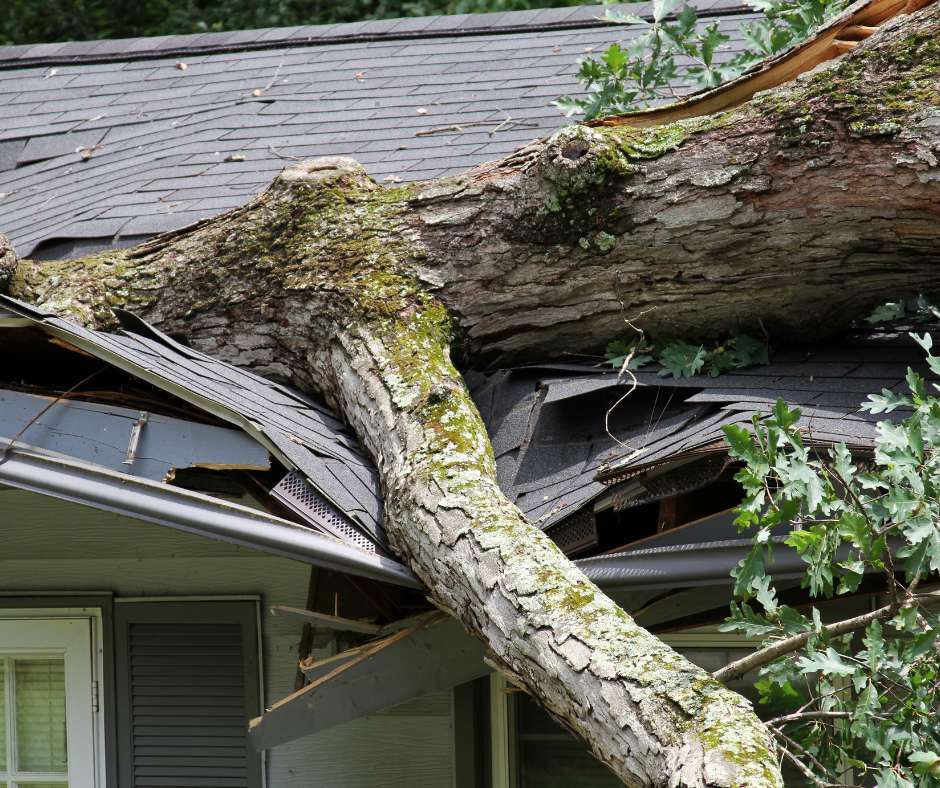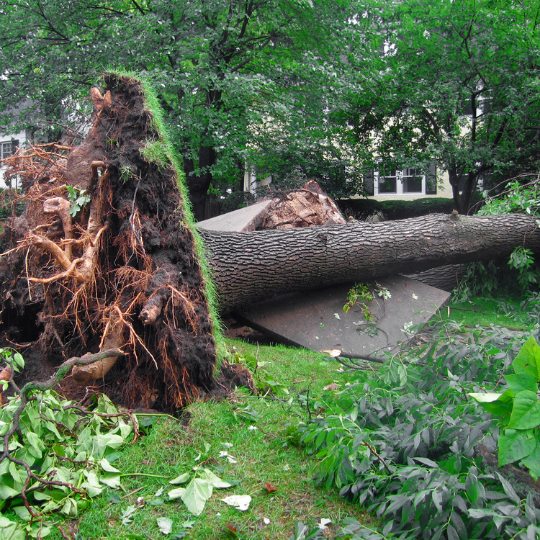Signs Your Trees Need Professional Care
Signs Your Tree Needs Professional Care: How to Identify Disease, Rot, or Damage

Trees, just like any other living thing require proper care to stay healthy. Sometimes, your trees might need more attention than just regular watering and pruning. Recognising when a tree needs professional care can prevent small problems from becoming serious risks. In this blog, we'll outline the key signs that indicate your tree may need the attention of an expert arborist.
1. Discoloured or Wilted Leaves
If the leaves on your tree are changing colour or wilting outside of their usual seasonal patterns, this can be a sign of stress or disease. Watch for yellowing leaves, leaf spots, or premature leaf drop. These symptoms might indicate issues like root rot, fungal infections, or nutrient deficiencies, which may require professional diagnosis and treatment.
2. Cracked or Peeling Bark
The bark of a tree acts as its protective skin. If you notice cracks, deep splits, or peeling bark, your tree could be suffering from underlying health problems. Bark that falls off and doesn’t grow back, or areas where the bark is unusually smooth or dark, could point to diseases or internal decay that needs to be evaluated by a professional arborist.
3. Visible Fungus Growth
Mushrooms or other types of fungi growing at the base or on the trunk of a tree can be a warning sign. While not all fungi are harmful, they can often indicate that the internal structure of the tree is compromised or decaying. When you see shelf-like fungi, such as bracket fungus, it’s time to call in a professional for a thorough inspection.
4. Dead or Falling Branches
It’s natural for trees to shed small branches over time, but if you notice larger branches dying or falling, this could signal serious structural problems or disease. Dead branches can become hazardous, especially during strong winds or storms. A professional arborist can assess the health of the branches and determine if pruning or removal is necessary to maintain safety.
5. Leaning Trees
A tree that leans to one side can be a significant hazard, especially if it has suddenly started to lean more than usual. Leaning trees may have compromised root systems or weakened trunks. In cases like this, it’s essential to contact an arborist who can determine whether the tree can be stabilised or if it needs to be safely removed.
6. Root Damage
Healthy roots are the foundation of a strong tree. If you notice the ground heaving near the base of the tree, or if the roots are visibly damaged or exposed, the tree's stability could be at risk. Construction work or landscaping changes around a tree can often disturb roots, leading to poor tree health. When roots are damaged, it’s best to consult an expert to see if the tree can recover.
7. Pests or Insect Infestation
Certain pests, such as borers, aphids, or caterpillars, can weaken your trees and make them susceptible to disease. Look out for holes in the bark, sawdust-like residue at the base of the tree, or unusual formations like galls or cankers on branches. An arborist can help identify the pests and recommend treatment options to protect your tree.
8. Hollow or Decayed Trunks
A hollow trunk or cavities in the branches can significantly weaken a tree’s structure. While some trees can survive with small hollow areas, extensive internal decay often makes a tree unstable and prone to falling. A professional assessment is essential for determining the tree’s safety and if any action needs to be taken.
9. Sudden Loss of Canopy
If a large portion of a tree’s canopy suddenly dies off or thins, this can indicate severe issues with the tree's roots or overall health. It could be due to disease, water stress, or damage to the trunk. An arborist can help identify the cause and suggest the best course of action to either restore the tree's health or remove it if necessary.
10. Strange Growth Patterns or Deformations
Growth abnormalities like stunted growth, twisted branches, or deformed leaves can indicate that your tree is in trouble. Deformations can be the result of environmental stressors, diseases, or pest infestations. If your tree doesn't seem to be growing normally, it's time to consult a professional tree service to assess its condition.
When to Call a Professional Arborist
If you notice any of these signs in your trees, it’s best not to wait. Professional arborists have the training and experience needed to properly diagnose and treat a wide range of tree health problems. Their expertise ensures that any necessary pruning, treatment, or removal is done safely and efficiently, preserving the beauty and safety of your landscape.
At Sunshine Coast Tree Services, we are committed to keeping your trees healthy and safe. Whether you’re dealing with disease, damage, or just need a professional opinion, our team is here to help.
Contact us for a free written quote today: 📞 07 5293 8413 ✉️ info@sctreeservices.com.au
Keep your trees in great shape and enjoy the peace of mind that comes with professional care! 🌳



